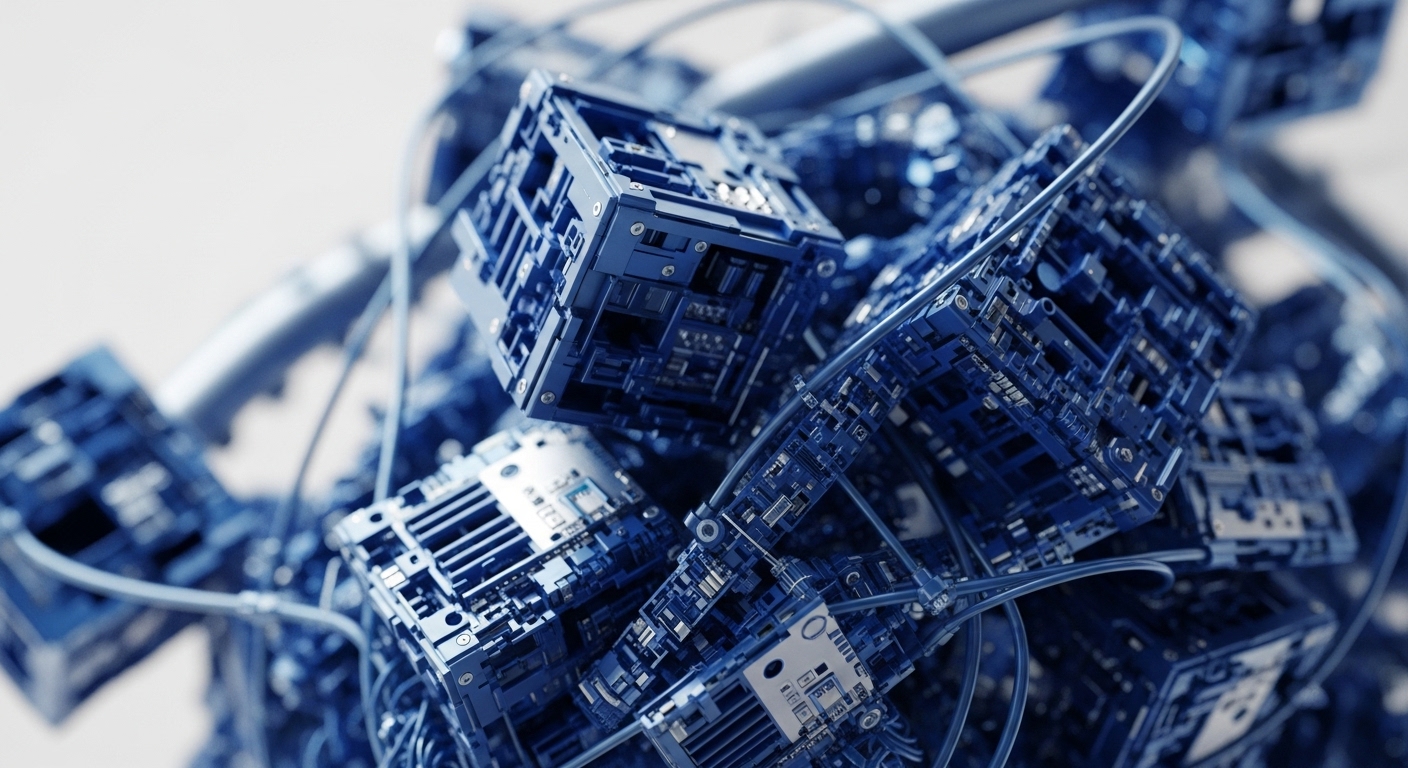
Briefing
Zhaojin Mining, through its Hong Kong subsidiary, has formalized a strategic cooperation with Ant Group Digital Technologies to initiate the tokenization of its overseas physical gold assets, fundamentally altering the traditional gold industry’s operational model. This integration leverages Ant Group’s proprietary blockchain and AI capabilities to create a full lifecycle digital twin for the physical commodity, moving beyond simple ownership records to embed verifiable traceability and ESG compliance directly into the asset. The primary consequence is the creation of a new, highly liquid, and globally accessible gold asset class, directly addressing market inefficiencies by transforming a physical, illiquid reserve into a 24/7 tradable digital security. The initiative’s most important metric is its focus on overseas physical gold, signaling an intent to bypass local market friction and establish a new, international standard for commodity-backed digital asset issuance.

Context
The traditional gold market is characterized by significant operational friction, including high counterparty risk, complex logistics for physical verification, and slow settlement cycles, which typically prevent the asset from being used as efficient, real-time collateral. The process of auditing, transferring, and verifying physical gold is manual and costly, leading to fragmented liquidity pools and a high Total Cost of Ownership (TCO) for financial institutions and corporate treasuries seeking to utilize gold as a dynamic reserve asset. This legacy system’s lack of transparent, real-time data on the gold’s provenance and chain of custody also created a barrier to incorporating verifiable Environmental, Social, and Governance (ESG) compliance.

Analysis
This adoption directly alters the asset issuance and supply chain logistics systems. The integration establishes a blockchain-based, full-lifecycle traceability system that functions as a digital twin for the physical gold. The chain of cause and effect is clear → the physical gold is certified and tokenized on Ant Group’s proprietary DLT, transforming it into a secure, programmable digital asset.
This tokenization immediately reduces counterparty risk and settlement time from days (T+2/T+3) to near-instantaneous (T+0), unlocking capital efficiency for the enterprise and its partners. For Zhaojin, the value is created by monetizing the asset’s digital representation, enabling new financing models like tokenized debt or collateralized lending, while the verifiable on-chain ESG data provides a premium for sustainably sourced gold.

Parameters
- Adopting Entity → Zhaojin Mining (Hong Kong Subsidiary)
- Technology Partner → Ant Group Digital Technologies (SigmaLayer)
- Core Use Case → Overseas Physical Gold Tokenization
- Blockchain Type → Proprietary Enterprise DLT (Ant Mathematics/Ant Digital)
- Scope of Collaboration → Asset Digitization, Supply Chain Risk Control, ESG Value Transfer
- Primary Goal → Establish New International Commodity-Backed Digital Asset Standard

Outlook
The next phase will involve the transition from the strategic memorandum to a formal, regulated pilot, establishing the technical and legal frameworks for the token’s issuance and secondary trading. This move by a major commodity producer, backed by a dominant fintech platform, creates a significant second-order effect by establishing a high-bar precedent for Real-World Asset (RWA) tokenization in the Asia-Pacific region. Competitors in the mining and commodity sectors will be compelled to follow suit to avoid being disadvantaged by the liquidity and transparency gains of a tokenized asset. This initiative is positioned to set a new industry standard for verifiable, on-chain commodity provenance and sustainable finance.

Verdict
This strategic collaboration validates the convergence of heavy industry and enterprise blockchain, establishing a critical new framework for transforming physical commodity reserves into globally liquid, digitally verifiable financial instruments.
